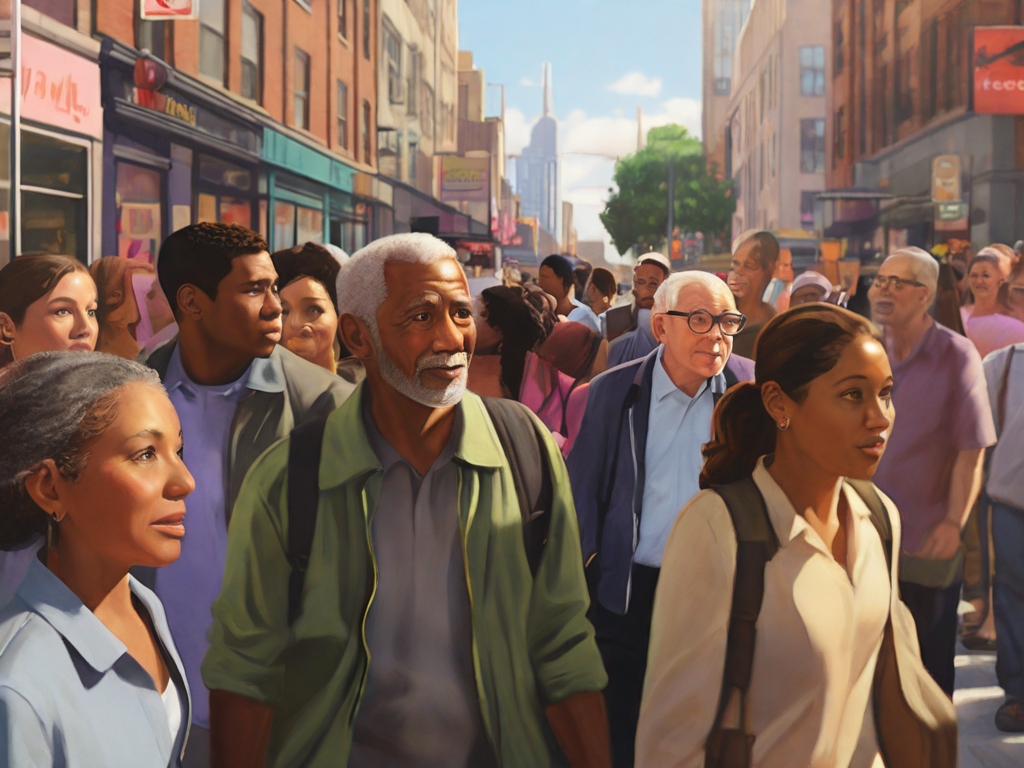
Have you ever bumped into an old friend on a crowded street, recognizing their face instantly despite years of separation? Or perhaps you’ve found yourself humming along to a familiar tune playing faintly in the background, seemingly without even trying? These seemingly effortless experiences are orchestrated by a powerful mental faculty: pattern recognition.
Decoding the World: The Essence of Pattern Recognition
Pattern recognition, a cornerstone of human psychology, is the innate ability to identify and categorize information based on recurring patterns or regularities. This fundamental skill allows us to navigate the complexities of our environment by making sense of the vast amount of sensory data we encounter daily.
Imagine this: As you walk down a bustling street, your brain is constantly bombarded with visual stimuli: faces, cars, buildings, and countless other objects. Pattern recognition helps you distinguish a familiar face from a stranger, recognize a traffic signal amidst the visual clutter, and navigate the layout of your surroundings. This ability operates seamlessly, often without conscious effort, allowing you to interact with the world with ease.
From Faces to Friends: Real-World Applications
Pattern recognition permeates various aspects of our lives, playing a crucial role in:
- Visual perception: We effortlessly recognize faces, objects, and scenes, even with variations in lighting, perspective, or partial occlusions. This ability is essential for social interaction, object identification, and spatial awareness.
- Language comprehension: We seamlessly decipher the structure and meaning of words, sentences, and entire conversations. Pattern recognition helps us identify grammatical patterns, recognize sentence structure, and infer meaning from context.
- Learning and memory: We retain information by identifying patterns and relationships between concepts. This allows us to learn new skills, remember facts, and apply past experiences to navigate new situations.
- Decision-making: We evaluate situations and make choices by drawing upon past experiences and recognizing patterns in the present. This ability helps us predict potential outcomes, weigh options, and make informed decisions.
The Intricate Dance of Perception and Experience
Pattern recognition is not simply a passive process of matching stimuli to stored templates. It involves a dynamic interplay between perception, memory, and learning.
- Perception: Our senses gather information from the environment, which is then processed and encoded by the brain.
- Memory: We store past experiences and learning patterns in our memory, serving as a reference point for future encounters.
- Learning: Through repeated exposure and active engagement, we refine our ability to identify and categorize patterns, constantly expanding our cognitive repertoire.
This intricate dance between perception, memory, and learning allows us to adapt and refine our pattern recognition skills throughout our lives. As we encounter new experiences and information, our brains continuously update and refine the patterns we recognize, shaping our understanding of the world around us.
Beyond the Obvious: The Unconscious Influence of Patterns
Pattern recognition often operates at an unconscious level, influencing our thoughts, emotions, and behaviors in subtle ways.
- Social perception: We unconsciously categorize individuals based on perceived patterns in their appearance, behavior, or speech, which can influence our initial judgments and interactions.
- Emotional responses: Certain patterns, like facial expressions or musical cues, can trigger emotional responses automatically, even before we consciously recognize them.
- Heuristics and biases: We often rely on mental shortcuts based on learned patterns, which can sometimes lead to cognitive biases and decision-making errors.
Understanding the power of unconscious pattern recognition allows us to be more mindful of its potential biases and make conscious choices that automatic associations do not solely drive.
Conclusion: A Symphony of Patterns Shaping Our Lives
Pattern recognition is not merely a cognitive process; it is the foundation upon which we build our understanding of the world and ourselves. From recognizing a loved one’s face to navigating complex social situations, this remarkable ability shapes our perception, guides our decisions, and ultimately, orchestrates the symphony of our lives.
By appreciating the intricate workings of pattern recognition, we gain a deeper understanding of ourselves and the world around us. This awareness empowers us to harness the power of patterns for positive outcomes, while also being mindful of their potential biases and limitations.
